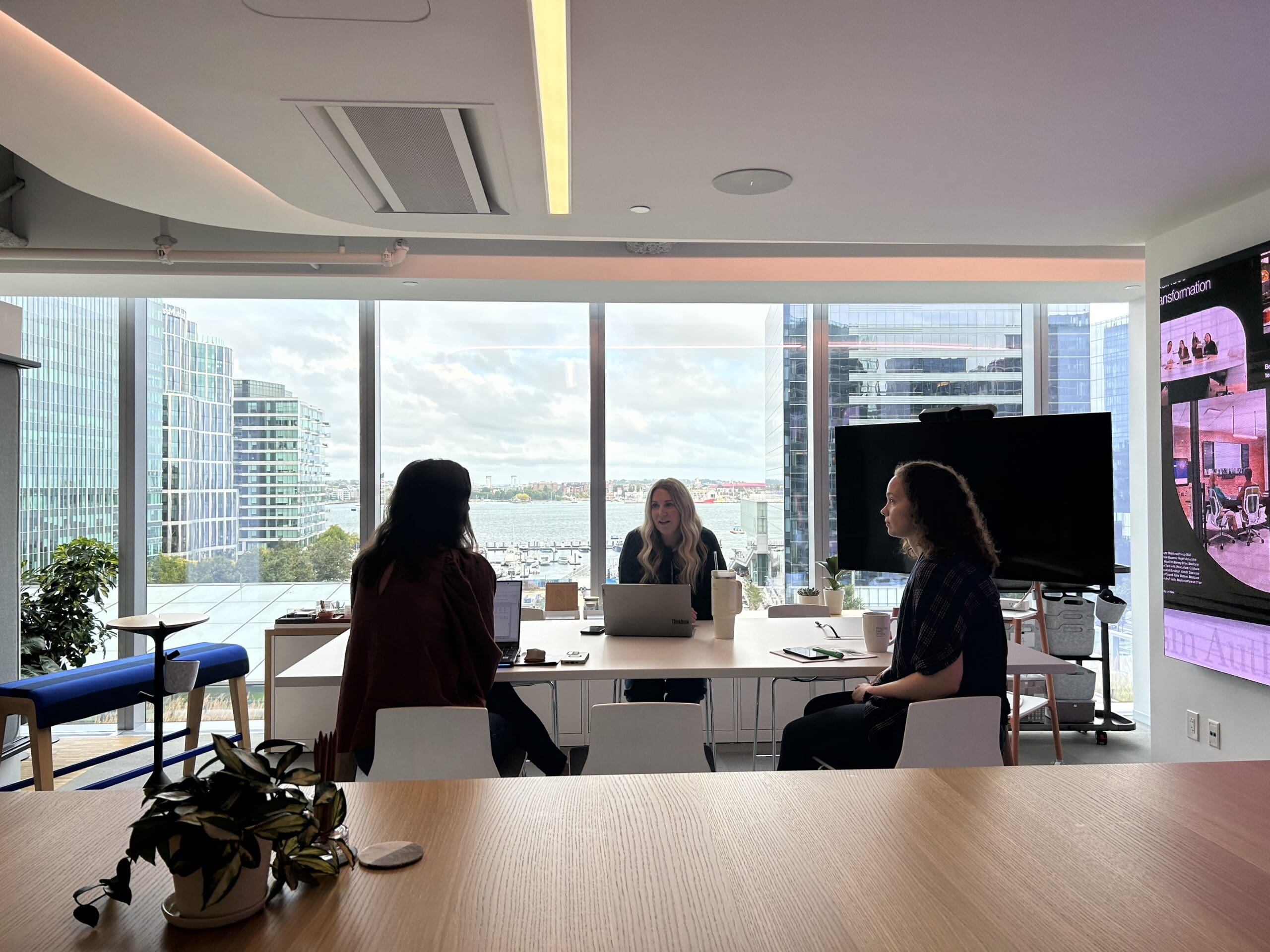Since the first confirmed case of COVID-19 in the US back in January 2020, our lives have been turned upside down – including the way we collaborate, meet, and socialize with one another.
Microsoft has been studying these new ways of communication closely to determine how it has impacted workplace wellbeing on a global scale. They studied how productivity patterns in Microsoft Teams have shifted since early this year and surveyed over 6,000 information and Firstline workers in eight countries including Australia, Brazil, Germany, Japan, India, Singapore, the UK, and the US.
The Microsoft Work Trend Index Report provides insights about how productivity differs between industries and regions, technology, remote work, AI, employee engagement, work-life balance, and more. Our infographic below shares key findings from Microsoft’s Work Trend Index Report 2020:

The pandemic globally extended the workday
- From March 1–31, the average time between a person’s first use of Teams and last use of Teams each day increased by over one hour
Work-related stress can be relieved through meditation for most workers
- 3 weeks of using the meditation app Headspace reduced reactivity to negative feedback by 57%
Technology solutions are in high demand for remote workers
- 1/3 of workers have not been provided the tech or protective equipment they need to effectively socially distance by their company
No commute may be hurting, not helping, remote worker productivity
- Our once-dreaded commute actually helped maintain work-life boundaries—and our productivity and wellbeing along with them
The #1 cause of workplace stress is a lack of separation between work and life
- There’s been a 48% increase in Teams chats per person overall and a 55% increase in number of meetings and calls per week. Chats between 5pm and midnight have also increased
Remote workers turn on video 2x more
- Total video calls in Teams grew by over 1,000% in the month of March, a sign we’re working harder to increase human connection







